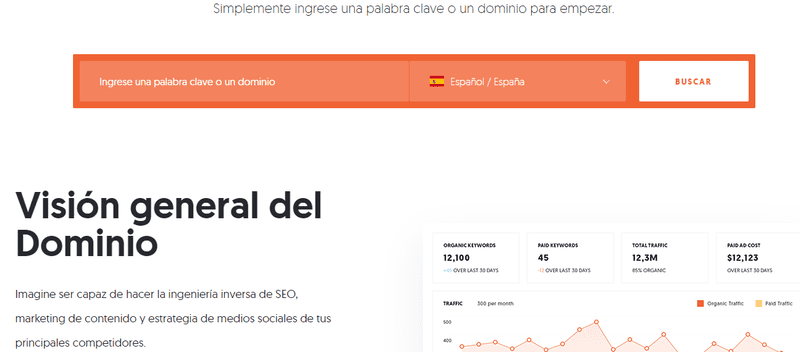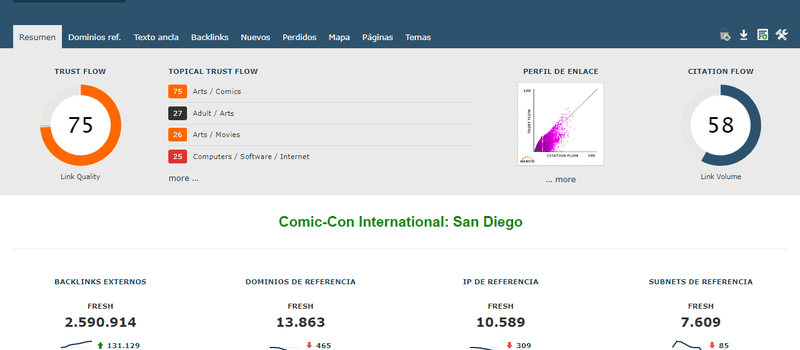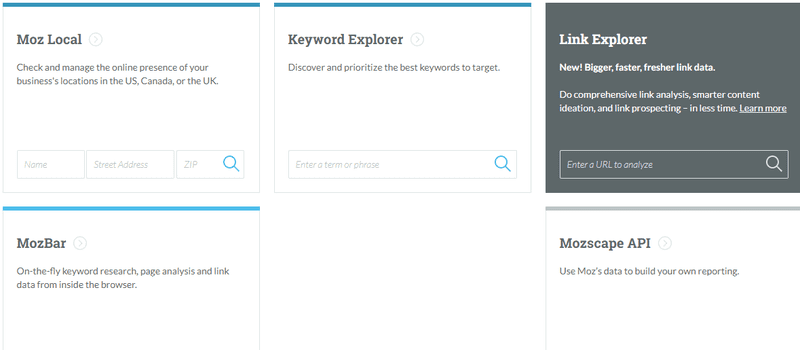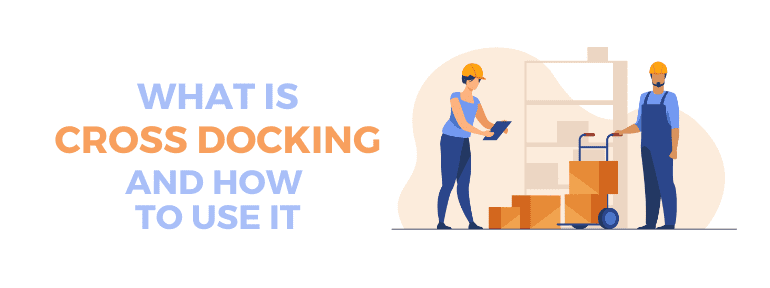If you are determined to start an online business, one of the first actions you need to take is to analyze the competition. Your business will be as strong as the resources you can dedicate to it, but it will also depend a lot on what others are doing. Therefore, it is essential first of all to know what we are talking about when we refer to competition.
Table of contents
what is competition in the market?
When we talk about competition in the market, we are referring to those online businesses that are within our scope of action. In other words, if I am going to set up a candy store, what are the other stores that also sell candy doing? Because if it turns out that there is a store (or brand) that already has a monopoly, it will be very difficult for your online business to prosper.
But be careful, because companies that do exactly the same as us are not the only competition we have to look at.
We’re going to break down all the information you need to take into account, and we’ll finish by telling you which tools – most of them free – you can use to carry out an analysis of the competition, which is the crux of the matter.

Direct and indirect competition
When doing a competition study, you have to take into account that there are two types of competitors, and depending on this we can talk about direct or indirect competition.
what is direct competition?
They are those online stores that sell exactly the same as us and therefore address exactly the same target and the same target audience. For example, if you all have a traditional candy online store.
what is indirect competition?
They don’t sell the same thing as you, but they could steal or “steal” your target audience because they offer them a substitute. Continuing with the candy store example, they make customized candy, gluten-free, etc. So they don’t really sell the same thing, but it is clear that they can take away our target.
Analysis of a company’s competitors
If you are wondering how to do a step-by-step analysis of the competition, it is essential to find answers to the following questions, in order to have a global vision of what you are facing. Always remember: it’s not just about how well you’re doing, it’s about seeing if the competition is doing it better. Let’s get started!
how big is the competition?
Basically it’s about being realistic and realizing that it’s not the same to open an online store by myself with a friend as it is to open a store that has a whole team of people behind it. And this is clearly reflected in the amount of stock they have, their customer service capacity, social media management, etc. Which means that they have had or have time and resources to do a good job and grow.
Sales volume or financial status
Obviously, this is going to be the most complicated thing to find out if you want to see them on the Internet, because they are data that are not available to everyone. But you can get them through business directory pages where you pay a fee. We will see it in the tools section.
The quality/price ratio of your product or service
To answer this question, first you have to know your product or service well. Study the features it has, if it is really competitive or, on the contrary, if you can find weak points that you can improve. Take a look at your suppliers. Find out who they are, prices, what they offer, if it is convenient for you to have the same..
are they following a marketing and sales strategy?
Believe it or not, there are many, many companies, especially at the small and medium level, that do not work well – or sometimes not at all – their marketing and sales strategy. It is common to think that by having an online store and paying adwords ads plus a little social media messaging here and there, it is enough. But it’s not.
The good news is that if they are not working any strategy, that is a point in your favor. The other good news is, if they are working on a strategy, just like with products, you can study it and be guided by it and/or improve its weak points.

If we go into more detail, let’s see what you should look for when you start to study the competition:
- Their ecommerce – you have to analyze their design (current, outdated, overloaded?), usability, structure (do I find in the menu what I’m looking for?), if they are working on SEO, etc. You can even do a little shopping around to see how their sales process works, customer service and how they use your lead: are they harassing you with emails, are they trying to sell you something else, are they sending you useful information, promotions?
- Advertising campaigns – are they doing SEM? That is, paying for ads on Google. This is as simple as doing a search for a product and seeing if paid ads or Google Shopping comes up. Do they do remarketing? Retargeting? Go into their store, browse a couple of categories and see if you then get ads on your social networks (mostly Facebook) or advertising on the pages you visit, offering those products you visited.
- Popularity – Is your brand already well known and do you get a lot of links? If they are many and varied, it is because they are already beginning to be or are recognized by brand image. Or are they working on their linkbuilding strategy by buying links.
What social networks do they have and are they working for them – whether they are or not, find out why. What are they doing wrong? What would you do differently? - Their resources – whether they have more or less employees than you, how much investment they have, etc. Because obviously, a small business with few employees and low investment is not the same as a business that already has a team in place and is pumping money in.
- Products or services– have they had the same ones for a long time, are they launching new products, do they have exclusive products of their brand, how are they positioned in the market?
how are they positioned in the market?
In the case of an online business or store, it’s relatively easy to find out. Just do a Google search for the keywords you want to rank for (e.g., online candy store, jelly beans, lollipops, etc.) and see who comes up at the top.
By the way, you might get a surprise and they are not who you expected, so this is also a good way to find out who your competitors are.

Competitor analysis: tools
Although it is true that many questions can be found out simply by using Google or making a small purchase, to analyze your competition on the Internet it is best to use tools, because they will give you valuable data.
Which ones and how to use them is what we are going to see next. Let’s start with the simplest.
Knowing the financial status of your competitors’ companies. This can be done through websites such as einforma or asexor, where, for a small fee, they will send you reports with interesting data. You can even ask for the annual accounts to the commercial register. At first glance it may seem like an exaggeration, but if you are going to invest a considerable amount or all your savings, it may be worth considering getting this data.
When it comes to knowing the prices that your competitors have, to start with it may be enough to take a look at their pages and make an Excel of what you are most interested in. You can also use price comparators like idealo or shopalike, where you can search for the products you are interested in and see what other ecommerce are selling them and at what prices.
Or at a pro level, because these are paid ones, you can use trackers like minderest, geotele or ilioon. Even when you already have your online store up and running, because they also give you the option to monitor prices. This can be very useful when it is a very competitive market.
But above all, and this is where we are going to get a lot of information, as we are talking about an online business, what we are going to recommend is that you use tools to know the web positioning of the competition. This way you will get an idea of what you are facing, what are your goals – because at least you have to reach the same as they have – and what points you have to work on.
And by the way, you will be able to get ideas for your own store.
One of the most complete – and free – tools today to study the competition is ubersuggest, which is continuously adding new features.

When you enter a domain, it will tell you its monthly organic traffic, how many keywords it has positioned, the main URLs that have traffic… As you can see, from here you can get a lot of valid information, not only to know who you are facing, but it can guide you with what works best and take advantage of that knowledge for yourself.
Especially interesting is the keyword section. If you want to put yourself at the same level as the direct competition, you will have to use the same keywords they use, to appear in the same searches that potential customers do.
You even have a small SEO audit that will tell you what they are doing right or wrong at a technical level in their online store: critical errors, warnings, loading time … In addition to a Backlinks section, in which the tool tells you what external links this competitor is receiving.
And speaking of links, we come to the part of the popularity of the competition, which you will be able to determine in two ways:
- The aforementioned number of links
- Repercussion in social networks
To know not only the quantity of links, but also their quality, we recommend using specific tools for this purpose, such as majestic. Registration is free, and once done, just go to:
Tools → Site explorer preview → and enter the domain name.
In the free version it is true that there is a lot of data that it does not give you, but to start to get an idea it is very good, because above all there is one information that it does provide, and that is the Trust Flow and Citation Flow ratio. That is, how good are the links that the ecommerce competitor receives. You just have to divide Trust by Citation Flow and the closer the result is to 1, the better the quality.

Another option to know the links of the competition is Moz, where you can also create a free account and then enter the URL of the competitor you want to analyze.

It is a very complete backlinks tool, which even tells you which ones have been lost and gained over time, or the texts that are linking to other ecommerce.
In addition, it gives you an important piece of information that can serve as a guide to know the strength of your competitor: its domain authority. The closer it is to 100, the higher the authority.
If we’re talking about social media popularity, you can go directly to their social media profiles (they’ll have them linked from their store) and see if they have a lot of likes, comments, RTs, shares, etc.
But if you want more details – and save time – you can use tools that will give you a global view. For example Metricool, where in addition to including your social networks and scheduling them, with the free account you can include up to 5 profiles of your competitors and see how they are doing both on Facebook and Twitter.

Another way to know the popularity is through Google Alerts. You can create an alert with the competitor’s name or any other term that is unique to them, to know where and when they are mentioned in the media, blogs, etc. Are they mentioned a lot? A little? On what kind of pages?
Conclusion
As you can see, before launching your online store, it is best to make an analysis of the competition, because there is a lot of information to study and take into account. Yes, it will take time, but it will give you a pretty complete overview to start and see what you should attack or what gaps you have in that market.
So remember: look for your ecommerce competitors, study what they are doing and based on that, have a first approximation of whether your business could be successful and what your strategy could be.
Related Posts










Deja un comentario